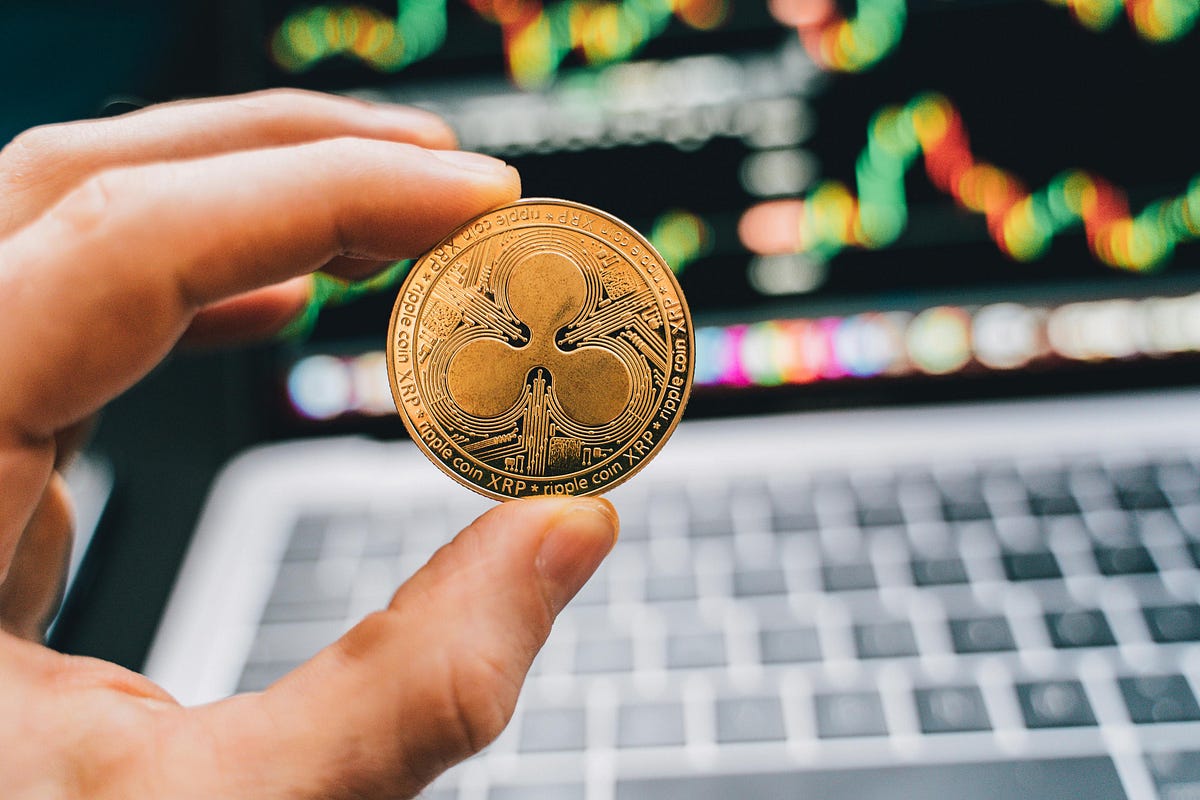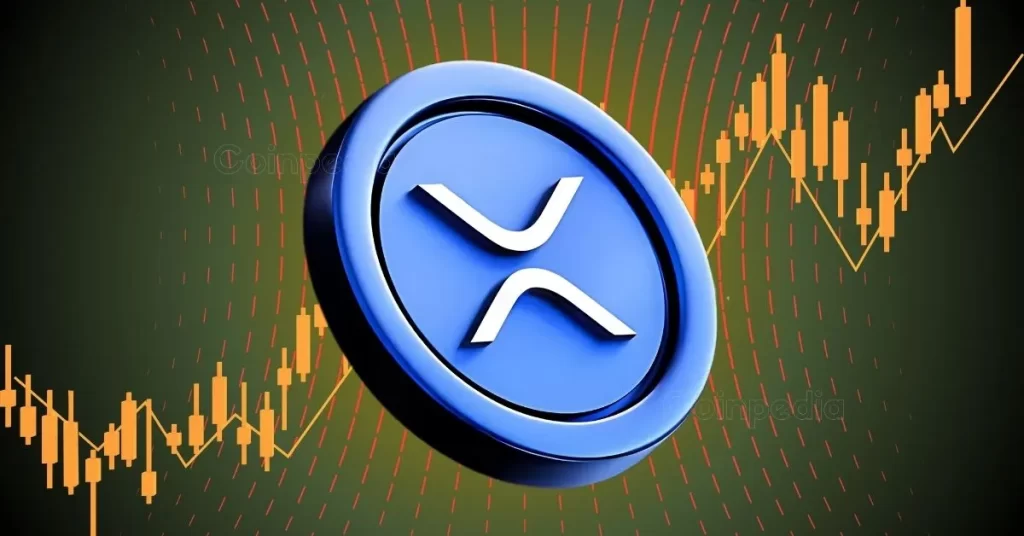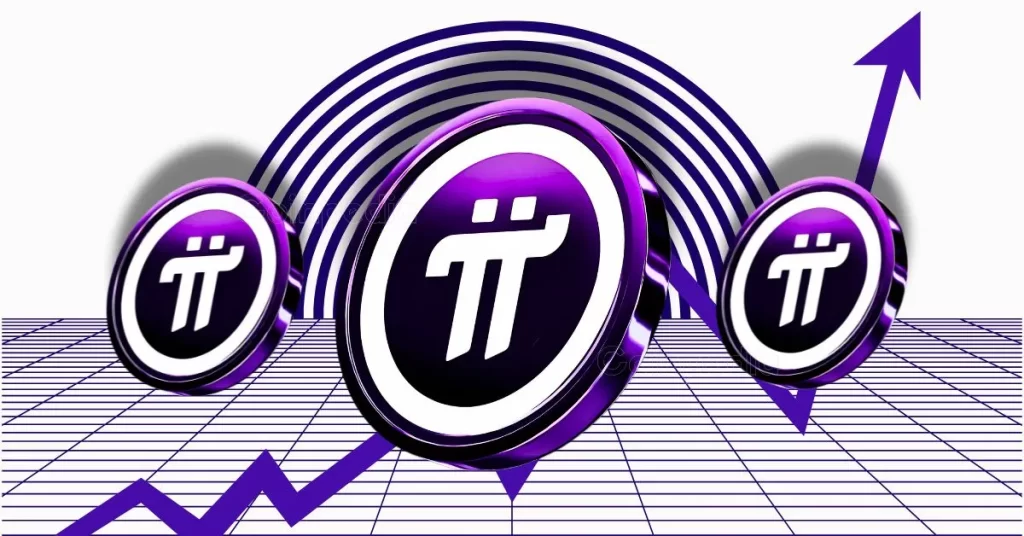It Is Time To Seize The Day!
Bitcoin is not money. Money is the most tradable good. Bitcoin is not the most tradable good and Bitcoin is designed so it is not the most tradable good except in unique circumstances.
Bitcoin sucks as cash. Bitcoin is unconfiscatbile and has no borders. Bitcoin transcends civilizations so long as civilization has electricity. In contrast, gold transcends civilizations without electricity.
This is the unique ubiquitous of Bitcoin. This is the use case for Bitcoin. This is why wise men HODL and self custody Bitcoin. This is what makes Bitcoin a worthy speculation and long term store of value.
The Ten Pillars of Bitcoin
Just before his passing, Bitcoin Standard Bearer Tyler Jenks identified the Ten Pillars of Bitcoin. Satoshi created each in the Bitcoin White Paper without naming them. They are as follows:
- Singularity
- Transferability
- Unconfiscatability
- Privacy
- Invisibility
- Divisibility
- Fungibility
- Anonymity
- Universality
- Eternality
Bitcoin ETFs are the most significant Bitcoin development in 2024. But all is not positive. ETFs and Saylor Crony Capitalism can flash crash Bitcoin.
ETFs and Michael Saylor's crony capitalism undermine every one of the Ten Pillars. Each of these Ten Pillars is valid only with self-custody. ETFs and MSTR (Microstrategy, Inc.) have abandoned self-custody by embracing the three greatest swindles of all time: inflation, entitlements, and regulation. The result is an unseemly square peg jammed into a round hole with real consequences in the marketplace.
These seemingly bullish applications to Bitcoin are bearish in the long run. ETFs and MSTR are created primarily for retirement accounts.
Not only can Bitcoin in ETFs and MSTR be confiscated, but the buyers are weak hands, trading, not HODLING Bitcoin.
Unwinding the current entitlement and regulatory applications on Bitcoin will make the collapse of FTX and Celcius look like a Sunday School Picnic.
The three greatest swindles of all time originate with the government sector, not the private sector.
I have a deep respect for Matthew Kratter's Bitcoin University. I also agree with Michael Saylor's strategy of buying the high forever. It is never too late for Bitcoin. Although I purchased my first Bitcoin for under $100 in August 2013, my recent circumstances have allowed me to start again at 75 to demonstrate this proposition.
This strategy works for wise men who self-custody Bitcoin. Kratter and Bitcoin University fail to recognize that ETFs and MSTR undermine the use case for Bitcoin created by The Ten Pillars.
The primary Bitcoin use case is unconfiscatability and transferability over borders. This use case is forsaken by ETFs and MSTR. Saylor also lobbies for a Strategic Bitcoin Reserve.
The consequences are that legacy applications increase volatility and subject Bitcoin to flash crash liquidations that are unparalleled in scale.
The timing for such liquidations is challenging to foresee. Possible outcomes include a hard break below 40k from current levels, a speculative frenzy to 800k, and a 90% correction filling The CME Mother of All Gaps.
Futures markets are made for hedgers, and contango is a hedger's paradise. Wise hodlers learn to hedge.
A miner who was marginal in September when BTC was 60k can sell half of its production for the next 9 months at over a 10% premium or 15% annual yield paid in bitcoin. The hedge locks in a profitable year for 2025 and will protect for a drop to 40k, which would be devastating for miners. Further, in such an event, the market will likely go into backwardation again, resulting in another windfall gain. No one thinks like this except for a few shrewd miners and old-time traders.
Every mining operation is unique, and hedging strategies must reflect this uniqueness. Mining is also complicated, and my purpose here is not to delve into its complexities. But once you have a Hodl, hedging is also for Hodlers.
A long-time miner in my Advanced Equity Trading group pointed out, "Mining is barely profitable if you are just mining BTC at the moment." This miner points out that 80% of his profit comes from a much smaller operation mining altcoins.
Because he is a long-time miner with much lower costs than those just starting, he has no interest in hedging, and he is adding to his speculative HODL.
My point is that miners barely profitable at 60k can hedge half of their production for the next nine months, realizing a contango paid in Bitcoin and speculating with the remaining half.
The Proof of Work Fallacy
While the proof of work feature provides security for Bitcoin, it is a fallacy to believe that this feature imputes value. Just because Bitcoin's price is below the cost of production does not mean it cannot continue to lose value.
This is a canard in the Bitcoin community, even among Austrian economists.
I teach Equity Trading. I have no clue where the market is going, and neither does anyone else. I trade accordingly. In 2025, I am developing Advanced Equity Trading through a Discord Accountability Group for professional traders. I publish all my trades in real-time to Members. So, if you are looking for price forecasts, you will not find them here. As a trader, I consider the extremes and all things in between.
While I am a full-time trader and self-taught economist, I do not pretend to know about coding or the back-end of Bitcoin.
I am not alone in my concerns about ETFs and MSTR. That said, the Bitcoin Mechanic, who has arrived at similar conclusions but arrives at them from the angle of a Bitcoin mining engineer and programmer, confirms my confidence in the views presented here. I highly recommend you listen to his entire New Year message.
My only point of disagreement is that while the Bitcoin Mechanic recognizes that gold is not money, he maintains that Bitcoin is money. Neither is money, and neither is designed to be money. Both can be used for money, but more tradable goods are preferred.
Based on the gold standard, banknotes emerged organically as money in the 19th Century, leading to the Gilded Age. The most tradable goods were banknotes redeemable in gold, not gold.
Keynesian economic history gives these early free market banks an undeserved black eye by portraying them as unsound "wildcat banks".
But this is untrue. Thousands of private banks issued banknotes, developed sound banking practices, and did not go bankrupt. 99% were sound. This is empirically verified in the Numismatic World.
Gosport is a tiny town in southern Indiana without a bank. This Gosport bank was a fraudulent institution whose notes were put into circulation far and wide. It was declared an illegal institution by Judge Parker in 1858. When a bank or company went out of business in the nineteenth century, all the paper money it had issued became worthless. But people were reluctant to throw it away because it once had been worth something, so they stuck it in the attic. As a result, those banks that went out of business left many notes that are in collections
This is much like the shitcoin tokens being marketed today that decline in value but never quite disappear.
In contrast, the Brownville, Nebraska bank and most private American banks did not go bankrupt. Unlike the Gosport bank, they redeemed the paper money they issued. The notes from these sound banks are rare today and valued by collectors today because they were redeemed and are a true rarity.
This was the organic market origin of non-inflationary self-liquidating commercial paper and commercial banking based on the gold standard.
The sound Brownville bank honored the redeemability made in promoting the banknote.
Money is the most tradable good. Bitcoin is not the most tradable good, and Bitcoin is designed so it is not the most tradable good except in unique circumstances, times, and places. Because the use case can be summed up as unconfiscatable and borderless, Bitcoin is primarily used as money apart from the legacy system.
Bitcoin sucks as cash. Bitcoin is unconfiscatible and has no borders. Bitcoin transcends civilizations so long as civilization has electricity. In contrast, gold transcends civilizations without electricity.
This is Bitcoin's unique ubiquitousness. This is its use case. This is why wise men HODL and self-custody Bitcoin. This is what makes Bitcoin a worthy speculation and long-term store of value.
Just as gold is not money, Bitcoin is not money.
Further, the idea that Bitcoin Covenants through BP-0119 will fundamentally fix this is mistaken. While a soft fork for Bitcoin Covenants will certainly improve the Bitcoin Protocol, it can be likened to improving .995 fine gold to .999 fine gold. Gold has improved, but it still does not make gold money.
Again, my mentor Ááron Sepúlveda-Cué has taught me, "Money is the most tradeable good, not the most valuable good. Money is a social institution we developed to cooperate with strangers. Family & friendship are the social institutions we developed to cooperate with those we love."
This economic principle throws water in the face of Bitcoiners who believe Bitcoin is a peer-to-peer cash system. There is good reason to think Bitcoin will continue to gain in value, but there is little reason to believe Bitcoin will emerge as cash.
Layer Two solutions like Lighting Network and Liquid Network improve Bitcoin by making it faster and cheaper, but tradeability is negligible compared to U.S. dollar stablecoins. It is simply too difficult to use.
Cash emerges with the most tradable good, not the most valuable good. For most of the world, the most tradable good remains the U.S. Dollar. In Europe, it is the Euro. In China, it is the Yuan. In Japan, it is the Yen. In Mexico, it is the Peso. In Russia, it is the Ruble.
Bitcoin can not be considered money in El Salvador because it is not used as a medium of exchange except in a few local areas. The U.S. Dollar remains the medium of exchange not because it is more valuable but because it is the most tradable.
This is a hard lesson that Bitcoiners (me included) have difficulty understanding due to confirmation bias. When the dollar-stable coin was first introduced, I could not see the use case for USD-stable coins for money. But money does not need my approval, nor must it be sound or valuable to be useful.
Gresham's Law applies to USD stablecoins because stablecoins and Bitcoin have a fixed value at any given point in time and place. The bad money is used, driving out the good money.
The market always wins. The biggest use case in crypto for a medium of exchange is USD stablecoins.
The volume in Tether, First Digital USD, and USDC each clocked around $58 billion, $7.5 billion, and $7.1 billion, respectively, for over $72 billion compared to $34 billion for Bitcoin and $20 billion for Ether.
Moreover, the trend in stablecoins will likely continue because money is the most tradable (saleable), not the most valuable good. Quoting Lawrence White, "Carpe diem," I say to Circle, and "caveat emptor" to its clients."
In street language, it is time for Bitcoin entrepreneurs to seize the day and their clients to trust and verify. I argue that this can best be done on a local rather than a global scale.
It should be noted that Bitcoiners tend to push the string to force global crypto-cash. This was most clearly visible in 2018 when Roger Ver pushed the string for Bitcoin Cash, which is not widely tradable. Because it was not the longest chain with proof of work, it lost its way as a store of value.
(Pushing the string is a metaphor for the limits of monetary policy. Monetary policy sometimes only works in one direction because businesses and households cannot be forced to use money if they do not want to.)
In my 2018 article "The Gold Standard vs. Gold Cash," I outlined how gold uniquely emerged organically as money during the California Gold Rush due to its locality and situation. Pushing the string like Roger Ver was not required. At no other time or place has gold been money.
This is exactly the situation Ááron Sepúlveda-Cué outlines in The Importance of Community in the Creation of Money.
This is a truth no Bitcoiner should ignore. What is needed is the development of Bitcoin-stable coins, similar to the banknotes issued by banks on the gold standard.
I am hardly the first or only one with this idea. In March 2023, Bitcoin Standard Bearer Arthur Hays proposed a Bitcoin Stablecoin by creating another Shitcoin on the ERC20 network calling it the NakaDollar (NUSD).
There is certainly a need for Bitcoin stablecoins. To paraphrase Lawrence White, "Carpe diem," I say to Bitmex and other exchanges adopting them and "caveat emptor" to its clients.
The first question that comes to mind is, "Why is a shitcoin necessary to accomplish a stable bitcoin?"
The reason is that the NakaDollar is paired with perpetual inverse derivatives based on USD rather than Bitcoin. As Hayes describes, "The first step is to create an organisation that exists both in the legacy legal system and as a crypto native DAO. The DAO must have a legacy legal existence because it will need an account on all the member exchanges." (DAO is a decentralized autonomous organization.)
There is certainly a need for Bitcoin stablecoins. BTC/NUSD may be useful on crypto exchanges, but a tokenized bitcoin stablecoin tied to the dollar is a pseudo-bitcoin stablecoin.
Rather, the BTC stablecoin only needs tethering to BTC.
The Problem Of Redeemability
Lawrence White outlines some of the challenges with redeemability. "Perhaps the biggest contrast between banknotes and stablecoins is that banknotes were held by almost everyone. Workers received their wages in banknotes, and could spend them on rent and groceries, without having bank accounts. Stablecoins, by contrast, are held by traders in cryptoasset markets. Tether's website speaks of its policies, "[d]esigned with Tether's professional investor audience in mind," of "minimal issuance and redemption requirements equal to 100,000 USD and $100,000 USD₮, respectively." In this respect Brainard's concern about stablecoins being "widely adopted" seems misplaced."
Arthur Hayes is absorbed in the modern crypto culture. His understanding of redeemability, which can change with any pivot or at will, is foreign to our founding fathers.
The problem of redeemability in money is like the problem of evil in theology.
Divine sovereignty, free will, and universalism are incompatible concepts. Any two are logically compatible, but adding a third creates a paradox beyond our current understanding.
The Lord can universally save all, but in so doing, there is no free will. The Lord can grant salvation through our free will but at the expense of His sovereignty. Or the Lord can grant salvation alone at the expense of our free will.
At the Reformation, Martin Luther dismissed the debate as a mystery or paradox to be accepted by faith and revealed in Heaven, God willing.
Just as there are endless, often hostile debates among YouTube theologians, there are endless hostile debates on validating shitcoinery.
Perfect redeemability requires a perfect sovereign to govern, free will to redeem, and universal acceptance.
Edward C. Harwood describes The Lost Art of Commercial Banking, not the Lost Science of Commercial Banking.
For this art to develop, redeemability must be restored and revered, and our values and beliefs must change.
I will not be surprised if the Gold Standard is restored, not out of want but out of necessity. The United States and Boomers have substantial gold reserves.
Just as gold is physical, nations have borders. Further, a Gold Standard is a viable competitor to a Bitcoin Standard that can facilitate sound money within borders (gold) and without borders (bitcoin). Finally, the gold standard is Constitutionally legal tender and can be declared so by Executive Order.
The trading pair is BTC/BTCstablecoin through clearinghouses rather than an exchange. Since the value of the BTC stablecoin is not uniform and depends on the issuer, no token or blockchain is required. Deposits can be instantly credited and transferred on BTC stable coin at par or a premium or discount or redeemed for BTC so long as the issuer has reserves at the clearinghouse.
The clearinghouse is only needed for non-local transactions, allowing for local and branch banking. Small denominations are especially useful.
And as my good friend Jimmy Song has taught me, this can all be accomplished with an Excel Spreadsheet. No shitcoin is required.
If the issuer is deficient, he is red-flagged, and his Bitcoin Tethered Stablecoin specie is suspect until a BTC deposit is made to cover the shortfall. Such a clearing house provides the platform for non-inflationary self-liquidating commercial banking or what Edward C. Harwood described as The Lost Art of Commercial Banking.
Just as gold rarely emerges as money, bitcoin rarely emerges as money. In the 19th Century, banknotes based on The Gold Standard emerged organically in the marketplace as money.
The time is ripe for Bitcoiners to seize the day.
UGLY OLD GOAT

 1 month ago
43
1 month ago
43








 English (US) ·
English (US) ·